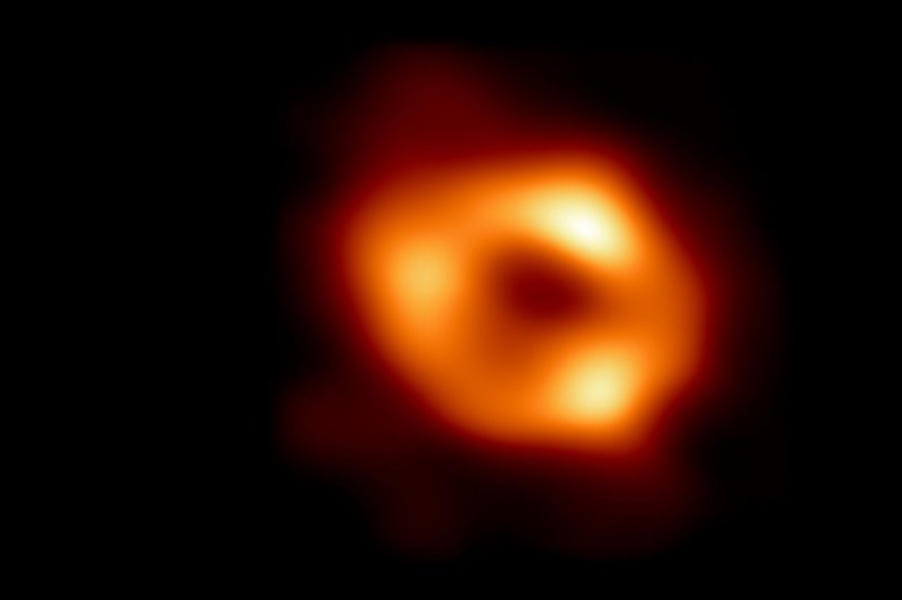
On Thursday, scientists reported the discovery of bilobed radio jets that they estimate arose when the universe was 1.2 billion years old and extend at least twice as far as the Milky Way galaxy.
However, the researchers noted that the black hole powering the quasar that creates the jets is small compared to other black holes, equivalent to 450 million solar masses. The discovery was made using the Gemini North telescope in Hawaii.
The scientists say their observations, funded by the US National Science Foundation and conducted by astronomers at the NSF NOIRLab, provide new information about when the first jets in the Universe formed and their influence on the evolution of galaxies.
“Interestingly, the quasar responsible for this massive radio jet does not have an extreme black hole mass compared to other quasars,” team leader and researcher Anniek Gludemans said in a statement.
“This seems to indicate that the formation of such a powerful jet in the early Universe does not require an exceptionally massive black hole or a high accretion rate.”
Previously detected radio jets in the early universe were thought to be noise from the cosmic microwave background, left over from the Big Bang that created the universe. However, this background radiation tended to decrease with increasing distance.
“It's only because this object is so extreme that we can see it from Earth, even though it's really far away,” Gludemans said. “This object shows that we can make observations by combining the power of multiple telescopes operating at different wavelengths.”
Sourse: www.upi.com





